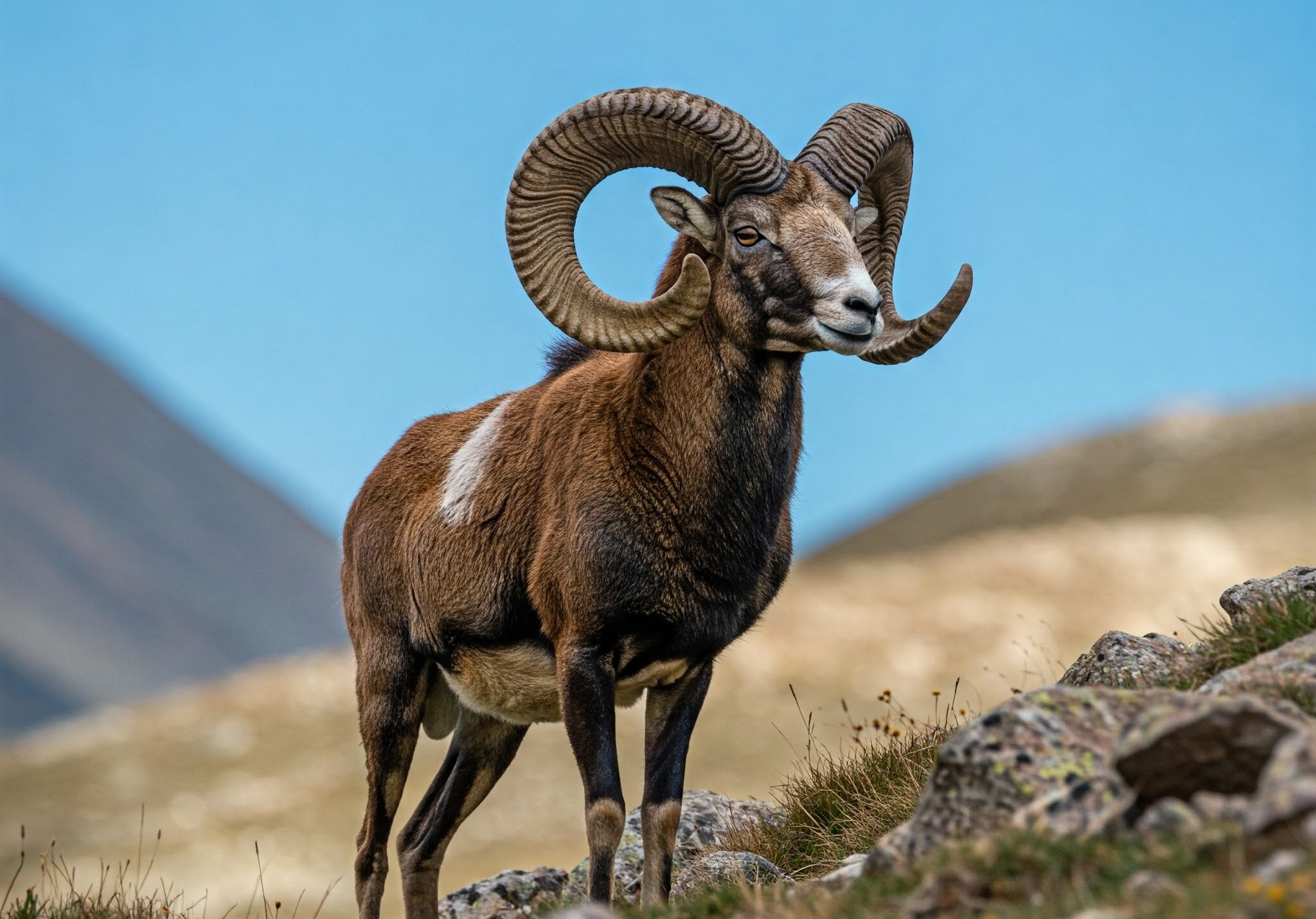From Wild Beasts to Lifelong Partners: The Animals That Shaped Humanity
The domestication of wild animals, starting with dogs, played a major role in human evolution. These amazing creatures not only offered their company to us but also gave our ancestors protection, food, and clothing. An incredible impact on the rise of civilizations, with their muscle for labor, they helped early agriculture, transportation, and warfare, paving the way for permanent settlements.
Livestock today can seem foreign to city folks as country music is, but the cities would never have been built without them. These animals shaped history and their impact is woven into our daily lives, whether we realize it or not.
Let’s see the fascinating origins of some of the animals we share our lives with today.

The Gray Wolf (Canis lupus)
It’s widely believed that the gray wolf is the ancestor of our domesticated dogs, pointing to a game-changing moment in human evolution. This is a transformation that likely began around 30,000 years ago. However, some researchers suggest that dogs are possibly descending from a now-extinct wild relative that probably looked like the dingoes or pariah dogs of today.
One thing’s for sure: no matter their exact origins, dogs were the first domesticated animals.
After millennia of sharing so much love with our furry companions, we’ve managed to create over 400 breeds of domestic dogs, from wolf-like Siberian huskies to tiny chihuahuas. There is still ongoing research when it comes to dogs’ origins and the special bond they share with humans, showcasing even more the interest and love we hold for these creatures.
Now, we still need to explain why cats always seem to have an upper paw when it comes to meme supremacy and not their canine counterparts.
The Bezoar (Capra aegagrus)
The wild goat seems to be the second species selectively bred by humans. These creatures might not seem like ideal domestication material at first glance, but they became an invaluable resource for humans throughout history. Early breeders started working with them as far back as 11,000 years ago, and they set the stage for generations of goatherds.
Today, there are over 200 breeds of domestic goats, and they range from tiny miniatures kept as pets, to cashmere goats whose coats are turned into high-end textiles, to hefty 100-pound goats raised for meat.

Mouflon (Ovis orientalis)
A wild sheep that agrarians started working with around 10,000 years ago. They brought several subspecies, setting the stage for future generations to come, the primitive ancestors of cozy Ugg boots and shearling jackets. This might involve a bit of tautology, but wool-producing varieties didn’t emerge until a few thousand years later, as the high number of young animal bones proved at early archaeological sites. These suggest that the early sheep were mainly raised for hides and meat rather than wool.
Now there are around 200 breeds of domestic sheep, and there’s quite a range from heavily woolly ones that depend on regular shearing to prevent overheating, to sleek, goat-like varieties that thrive in tropical climates. Sheep are stereotyped as being part of a herd, but some of them proved to be impressively smart.
Wild boar (Sus scrofa)
Around 9000 years ago, someone was brave enough to trap a herd of wild boars. It’s believed to be somewhere in what’s now Turkey. Another fact is that wild boars from China and Europe were domesticated separately, but regardless of their origin, their fate was sealed.
These wild ancestors were living off human leftovers, and roamed the streets of ancient towns, gobbling up garbage. And look at them now! The once grumpy wild boar managed to evolve into more than 70 breeds of domestic pigs. They range from the classic pink pigs to the hairy, beastly breeds that thrive in different environments.
Often underestimated, pigs are intelligent creatures, and they proved to be crucial in human evolution.
Wild horses (Equus ferus)
The wild horse was domesticated about 6000 years ago in what is now Kazakhstan and Ukraine. These horses were used for more than just riding at first. It might seem crazy, but they were also milked and eaten, with practices that can give you flashbacks from George R.R. Martin’s A Song of Ice and Fire.
The wild ancestors of today’s horse are long gone, but they are believed to have looked like the Przewalski’s horse, a close relative that still roams the wild.
With over 200 recognized breeds of horses and hundreds of local varieties, these animals continue to be celebrated, if we remember their divine status in some cultures. However, horse meat is still eaten around the world. 2013 came with a huge scandal triggered by a European processor that swapped out horse meat for beef, leading to widespread recalls of contaminated products.
Horses are incredibly valued animals that really changed the course of humanity thanks to their labor and loyalty. Their divine status comes for a reason, and the bond between horses and humans is a truly special one.

The African wildcat (Felis silvestris lybica)
The African wildcat is believed to be the ancestor of all domestic cats, with evidence suggesting that they were domesticated around 9500 years ago in Cyprus. Cat bones were discovered in China as well, dating back 5,300 years. However, it’s commonly known that they were fully domesticated in ancient Egypt, around 4,000 years ago. Likely, they have been drawn to the mice that infested grain storage areas.
Today, the International Cat Association officially recognized over 50 breeds of domestic cats (Felis silvestris catus). However, most national associations acknowledge fewer of them. Cats come in an array of body shapes, colors, and fur types, and almost all of them are descended from the African wildcat. There are fewer exceptions, like the Chausie, Bengal, and Ocicat, created by crossing with other small wild cat species. These hybrids were backcrossed with domestic breeds that were carefully selected over generations to make sure they maintained the lovable, laid-back temperament.
The wild roots of our everyday animals
We rely on many animals today, whether as pets, working companions, or livestock. But we need to keep in mind that they were once wild creatures surviving on their own instincts.
Through thousands of years of selective breeding, humans managed to transform even fierce predators into loyal companions and wary prey animals into trusted companions.
Dogs, for example, were domesticated for their companionship, as well as for their hunting skills, while other animals such as sheep and goats were valued for their milk, wool, and meat.
Domestication wasn’t just about how humans shaped animals; it was a two-way street. Many of these species adapted to life alongside people, where they found shelter and food. And protection in exchange for resources and labor. This relationship changes their behavior and physical traits, but also the whole course of human civilization.
Farming, transportation, and even city-building as we know it wouldn’t be possible without domesticated animals. And, despite their domestication, the wild lingers in them.
You can still notice your cat’s hunting instincts or your dog’s pack mentality. By understanding their origins, we can come to a deeper appreciation of the complex bond between animals and humans, such a game-changing partnership that continues to evolve today.
What other wild creatures can become our future companions?
If you want to find out more about this topic, Domesticated: Evolution in a Man-Made World













One Response